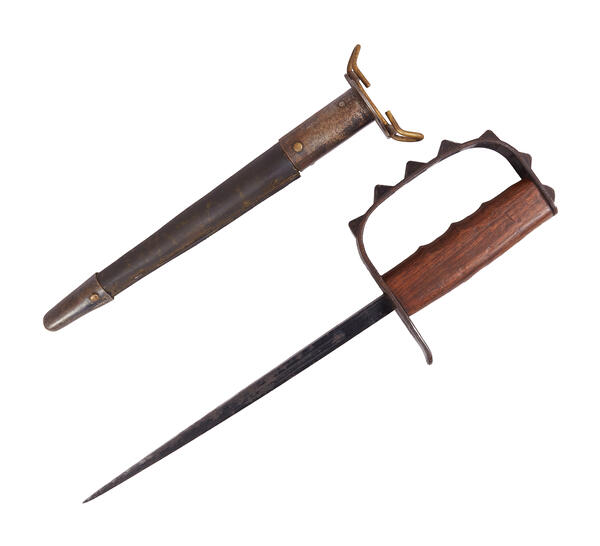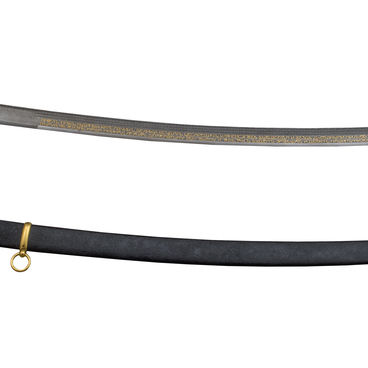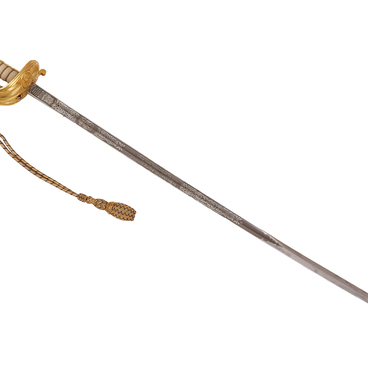On many fronts, World War I was a war of trenches. Often battles took place in the limited space of trenches and dugouts, which made it extremely difficult to use regular bayonets and bayonet knives as close combat weapons. This circumstance forced soldiers to use homemade and household knives, modified sabers and even stilettos made by hand from metal rods.
Engineers began to develop the trench knife presented in the exhibition in the spring of 1917, when the US entered World War I. During trench battles on the Western Front, American soldiers were convinced that it was impossible to effectively use a standard bayonet. The officers conveyed information about the need to adopt a new type of short bladed cold weapon.
The US Military Department held a competition, which was won by “Henry Disston & Sons”. The firm proposed a model of the blade developed for the French War Ministry by the commandant of Paris Georges Dubois in December 1915. It had a triangular blade, tapering to the tip, a wooden handle and a guard — brass knuckles with spikes. Such a blade seemed interesting and promising. In France, another trench knife model had been agreed and sent into production. However, this idea for a blade was used by American military engineers.
The knife was officially named Trench Knife M1917. A number of design flaws were identified when the knife was in service with active-duty soldiers: the blade was brittle, removing the knife from the sheath was difficult, the brass knuckles were ineffective, and the triangular blade was inconvenient for household needs, which required the soldiers to carry an additional blade.
Due to these circumstances, in 1918, the American
government developed a new, improved version of the trench knife, which had a
cast handle and a dagger blade. This knife was named Trench Knife M1918 Mark I
and was successfully used by the American Army until 1943.



